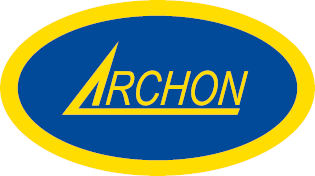Rotary hammer drilling
They are used for drilling in rock formations with a wide range of hardness.
Typical uses are:
- quarries
- well drilling and piezometers
- exploratory drilling
- civil engineering
The lower hammer has high efficiency compared to conventional drilling methods and the ability to drill into almost all types of rocks (from soft to hard). Its advantage is also high drilling speed and straightness of the holes made. All these advantages should make the use of this tool more widespread.
It is used for simultaneous drilling with a lower impact hammer and a bit on casing pipes. It allows drilling through poorly compacted layers and simultaneously cabling the hole. After drilling a section of weakly compact layers, you can leave the casing pipes and continue drilling with the lower hammer. This system is also suitable for drilling with mud and simultaneous casing of the hole. During drilling, it is always possible to remove the tool through the archonex pipes and replace it with new or different ones, if necessary.
It has the same application as Archonex, but does not have a head for removing drill cuttings. Due to the fact that it has the same threads as the Archonex system, it can be used with Archonex pipes and crowns.
